Pilates Qualification
Just which pilates qualification to pick, can be a daunting prospect. When I first started out – trying to find a Pilates teacher training school was a nightmare. There were loads of schools out there ranging from being really cheap to really expensive. Some were a few hours and some were over a few years…others (South Devon College etc) expected you to have other fitness qualifications before even starting the level 3 course! Others offered a bewildering number of gym, yoga, PIYO, HIT, aerobic fitness qualifications add ons! How on earth are you supposed to know what qualification it is that you need???
No 1. What Pilates Qualification do I need?
The most sought after Pilates certified qualification that most gyms / fitness centres will ask for is a LEVEL 3 DIPLOMA IN TEACHING PILATES. In particular the YMCA qualification. Saying that I know some of the more expensive (very) training schools might not offer that exact qualification, however they do carry the name behind them, like Stott Pilates. But it really depends on where you want to work and whether or not you’ll have to get a certain type of qualification. The above qualification is probably the safest route to go down. 
Just ensure it is a Pilate ‘certification’ at the conclusion of your teacher training. You wouldn’t want to go through all that expense to get a worthless pice of paper that wasn’t worth the paper it was printed on!.
So now that you know WHAT qualification you need….
No 2. How much should I expect to Pay for a Pilates Instructor certification?
Again they range from £1000 right up to the top end, which I’m not sure about, but I do believe they are in the thousands. My advice is to go for the best that YOU can afford even if it’s a little bit of a stretch. If you go for the cheapest you’re not necessarily going to get the best deal for your money. The more skin you have in the game – in other words – the more you have paid to do something the more effort you will put into doing it. Until you know you’re going to fall madly in love with teaching Pilates and doing it for the rest of your life – invest the best you can now, without needing to rob a bank and then spend a year or two becoming more experienced AND then look to converting your qualification. Many of the more expensive training providers (like Body Control) do offer conversion courses and this way you’ll know for sure that it will be worth the investment.
No 3. How many Practical Days do I get?
The third thing is how many practical days do you get? I’ve seen some 6 practical day courses and then again for those that are doing the longer courses you’ll have a lot more practical hours. 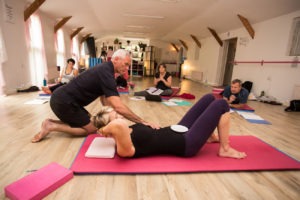 The Level 3 Diploma wants you to be able to teach the Classical Routine. The Classical (vs the Contemporary) which are the original 34 exercises that Joseph Pilates came up with and they’re taught in a set order. Baring in mind he was teaching gymnasts and ballet dancers so they are quite advanced movements. And I assure you the average Jo Bloggs or Mrs Miggins that comes in off the street with a hip replacement and arthritis are not going to be able to do them. (We know this because we actually run our own Pilates studio.- Elite Pilates Services) So how will YOU know how to create safe and effective lesson plans if all you have in your tool box are the 34 exercises (albeit with a few modifications)?
The Level 3 Diploma wants you to be able to teach the Classical Routine. The Classical (vs the Contemporary) which are the original 34 exercises that Joseph Pilates came up with and they’re taught in a set order. Baring in mind he was teaching gymnasts and ballet dancers so they are quite advanced movements. And I assure you the average Jo Bloggs or Mrs Miggins that comes in off the street with a hip replacement and arthritis are not going to be able to do them. (We know this because we actually run our own Pilates studio.- Elite Pilates Services) So how will YOU know how to create safe and effective lesson plans if all you have in your tool box are the 34 exercises (albeit with a few modifications)?
There are some courses that offer ONLY the Classical and there are some courses that offer some extra exercises. 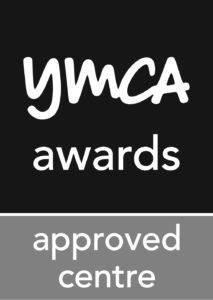 We have actually created another workbook with over 35 BONUS exercises so that you have more to work from, thus ensuring you can be safe with the people that come through your door and they’ll come back because you’re not expecting them to fling their legs over their head on their first visit to you (unless they really want to of course!). So with us you get the 34 exercises + an extra 35 exercises. We certainly aren’t happy with any of our trainee teachers walking away with just the 34 Original Exercises, hence we created an extra manual, which has been approved by YMCA. You will be more than able to confidently instruct group fitness classes.
We have actually created another workbook with over 35 BONUS exercises so that you have more to work from, thus ensuring you can be safe with the people that come through your door and they’ll come back because you’re not expecting them to fling their legs over their head on their first visit to you (unless they really want to of course!). So with us you get the 34 exercises + an extra 35 exercises. We certainly aren’t happy with any of our trainee teachers walking away with just the 34 Original Exercises, hence we created an extra manual, which has been approved by YMCA. You will be more than able to confidently instruct group fitness classes.
NO 4. LOCATION LOCATION LOCATION
So you’ll have the cost of your course AND travel expenses to look at, especially if you’re planning on travelling. I did my training in Southampton, which meant I had to travel up there and pay for accommodation every time I went. Not only the accommodation but don’t forget you have to eat while you’re there too!  So not only was it the financial cost of the course and the financial cost of accommodation and food, which could quite easily add another £500 on top of the course fee, but it’s a cost from a point of TIME, which is something you’ll NEVER get back. It was a 3 hour car journey there and a 3 hour journey back, if I was lucky!
So not only was it the financial cost of the course and the financial cost of accommodation and food, which could quite easily add another £500 on top of the course fee, but it’s a cost from a point of TIME, which is something you’ll NEVER get back. It was a 3 hour car journey there and a 3 hour journey back, if I was lucky!
No 5. Learn From Someone that Does What You Want to Do
Is the place where you’re going to do your learning actually doing what you want to do and do they specialise in teaching PILATES and not every other gym qualification on the market? In other words …… If you were going to learn how to drive a Ferrari (oooh I’d love too!) – would you go to a specialist driving school or a place that showed you how to drive cars and tractors? Bearing in mind how much a Ferrari costs… I know which one I’d go for! Has the training provider you’re looking at got first hand experience working in the industry, running their own studio and facing all the challenges good and bad, that comes with it, so that they can TEACH YOU…. ….not just about Pilates, but the challenges you’ll have in terms of medical restrictions when dealing with clients and also about running a business too. Learn from someone who has done it themselves and made all the mistakes. This will save YOU money, time and energy and something I wish I had thought about when I started! (yes I had 6000 flyers printed, which are still sat in my garage! LOL) There are a few schools out there that also run their own studios. They are the ones you should be looking at.
NO 6. What / Who is REPS
AKA Register of Exercise Professionals and they are recognised WORLD WIDE! Those on this list have gone through an approval process and have been certified as meeting the national standard expected of training providers and they regularly undergo quality assurance checks. You can find us on the REPS register and you will also receive 20 points when you complete your qualification with us.
No 7. TRUST IN YOURSELF
This is one thing I live by. There are times when I need to make a decision and I’m sitting on the fence. There’s usually only one thing left to do and that’s to go within and see how I really FEEL about it. YOUR OWN GUT FEELING will lead you in the right direction. TRUST IT. I remember Oprah Winfrey once said on TV “don’t ever ignore your gut. Your instinct will save your life”.

And whilst choosing a Pilates Training provider is not a life or death situation, if you are like me, you want to make sure you get the best for your money and you want to make sure that you’ll enjoy it and be fully supported all the way. Your gut will already tell you which schools don’t fit for you and which ones do. We may or may not be a fit for you, but hopefully the information in this post will give you some guidance about how to find the right school for you.
I do hope that you have have an amazing journey with Pilates (and teaching Pilates) and enjoy the satisfaction of helping people that it brings. Not to mention that we get to do what we love as a “JOB” and create a business around a life that we love.
Lots of love from Newton Abbot
Tanja x
Read my other Blog Post How Do I Become a Pilates Teacher


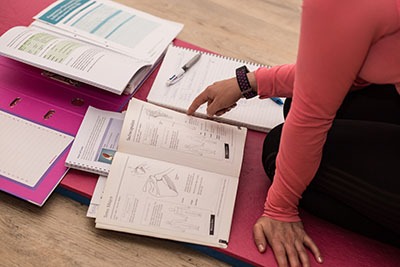


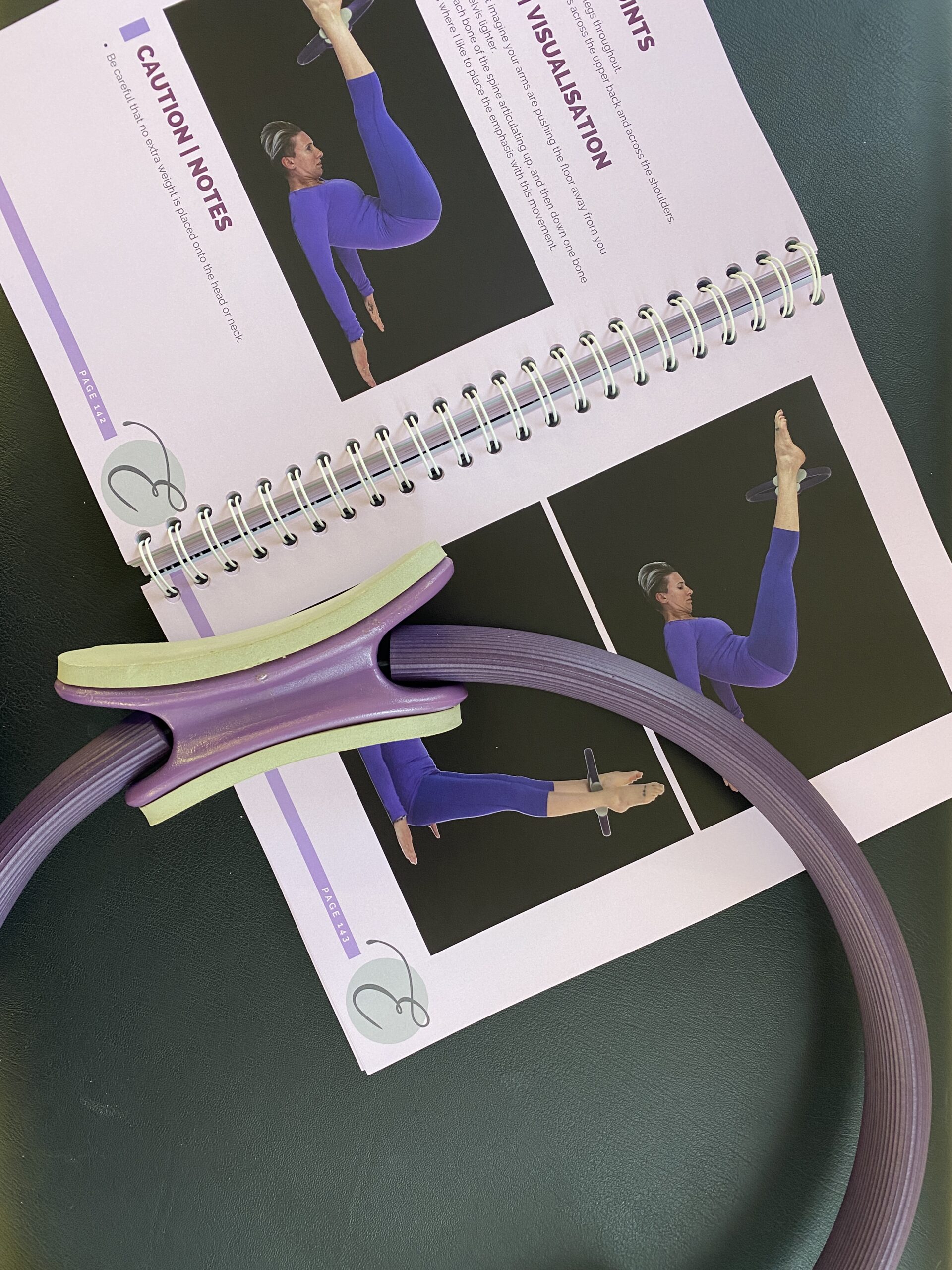
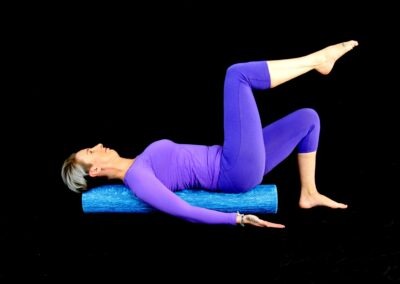
.
Are you able to just qualify in the use of the Reformer?
Hi Daryl! That’s a good question. You get reformer qualifications and reformer workshops – so if you made sure that your training was for an actual qualification then you would be able to get insurance with that :).
It all boils down to what your insurance company requires 🙂
I hope that helps 🙂
Hi tanja
Where did you train ?
In Southampton & University Of Plymouth 🙂